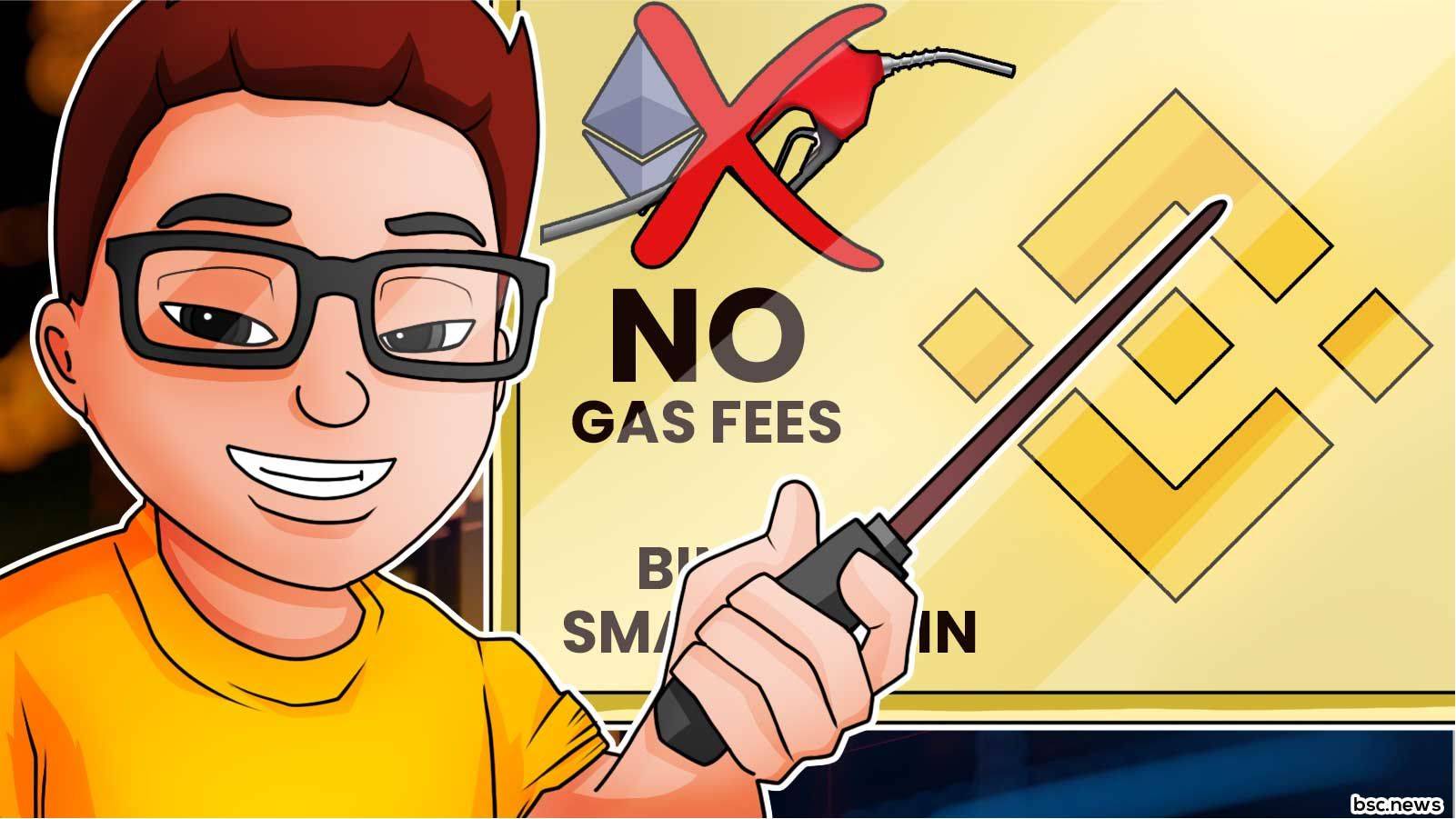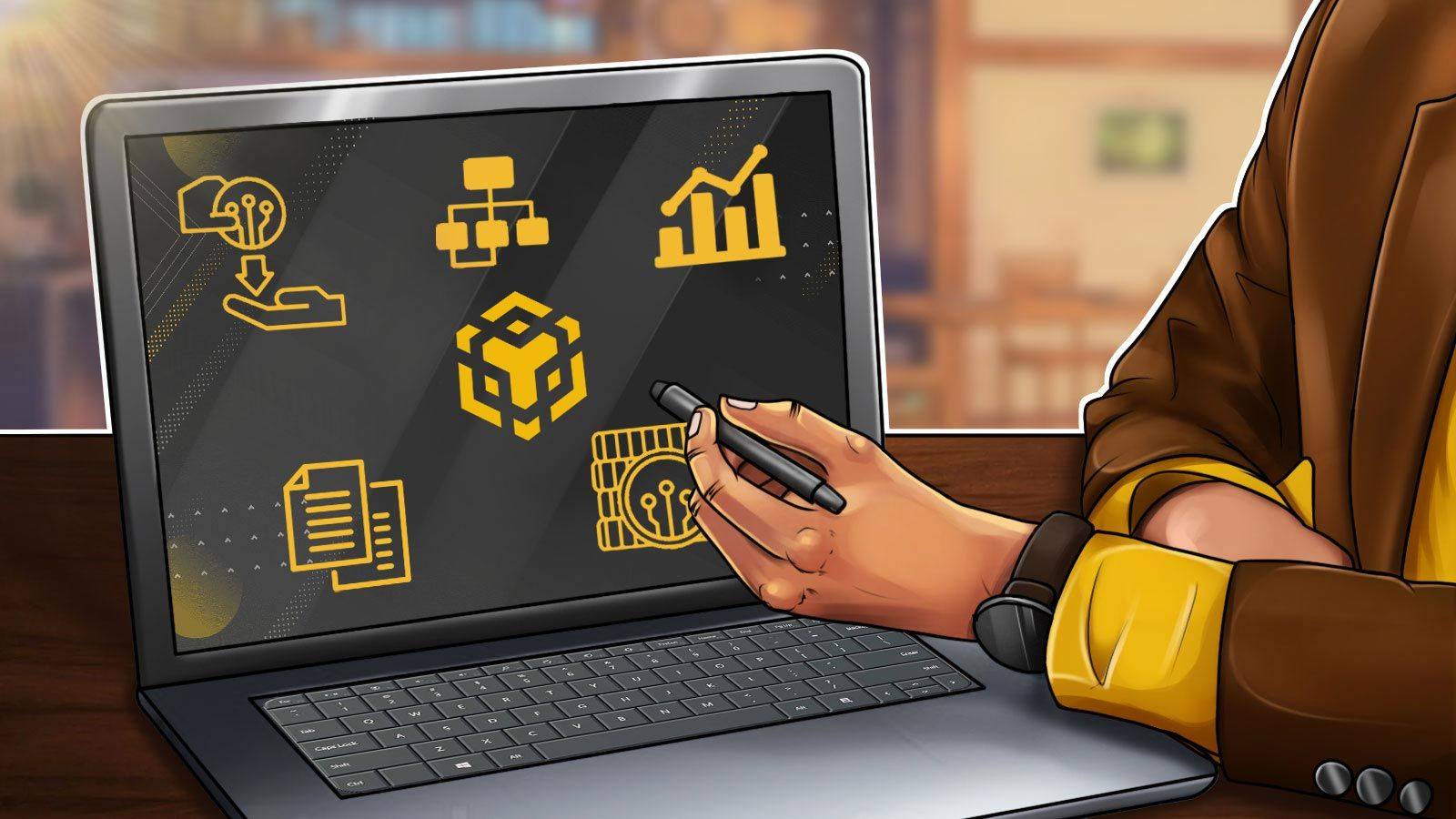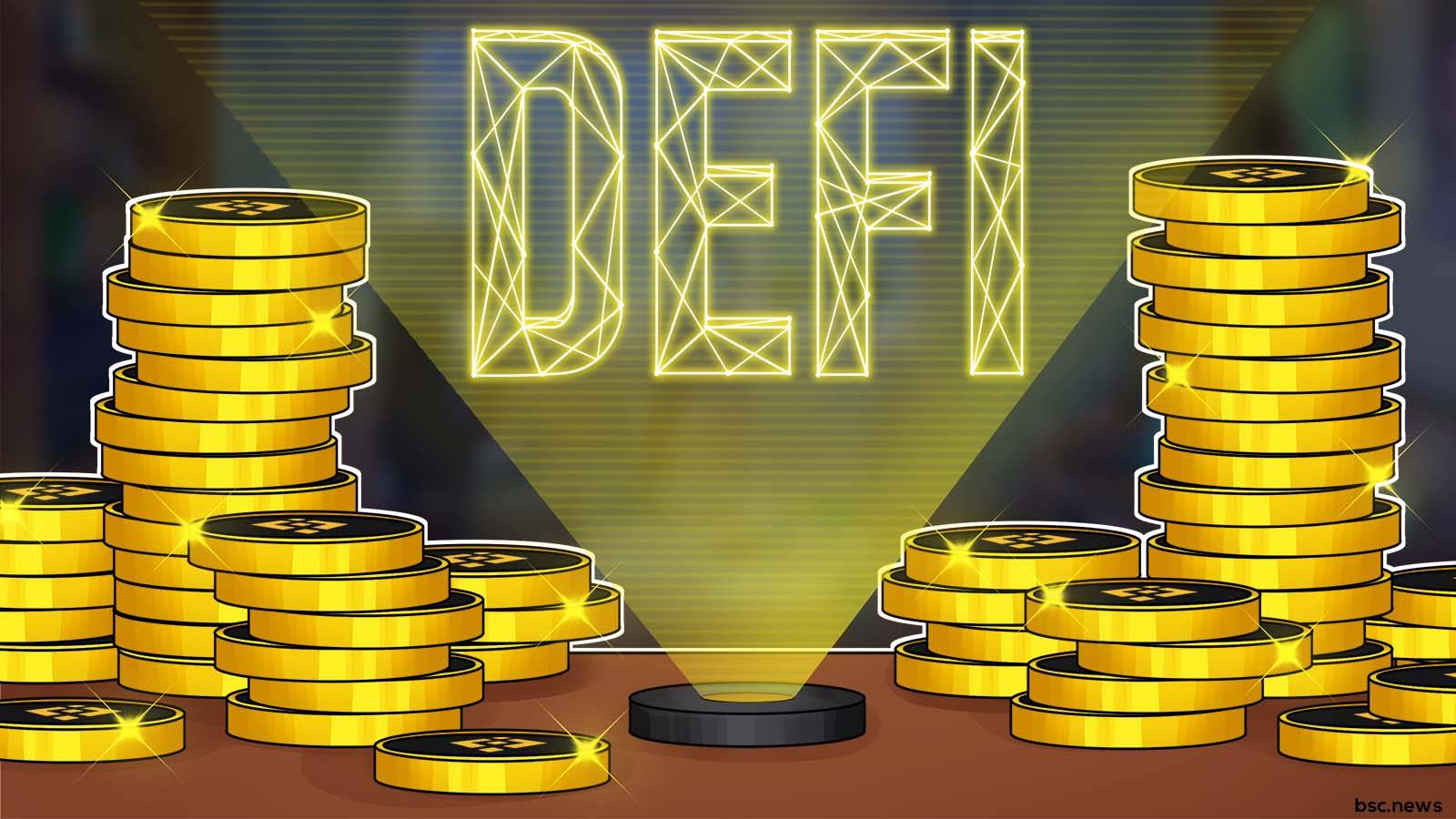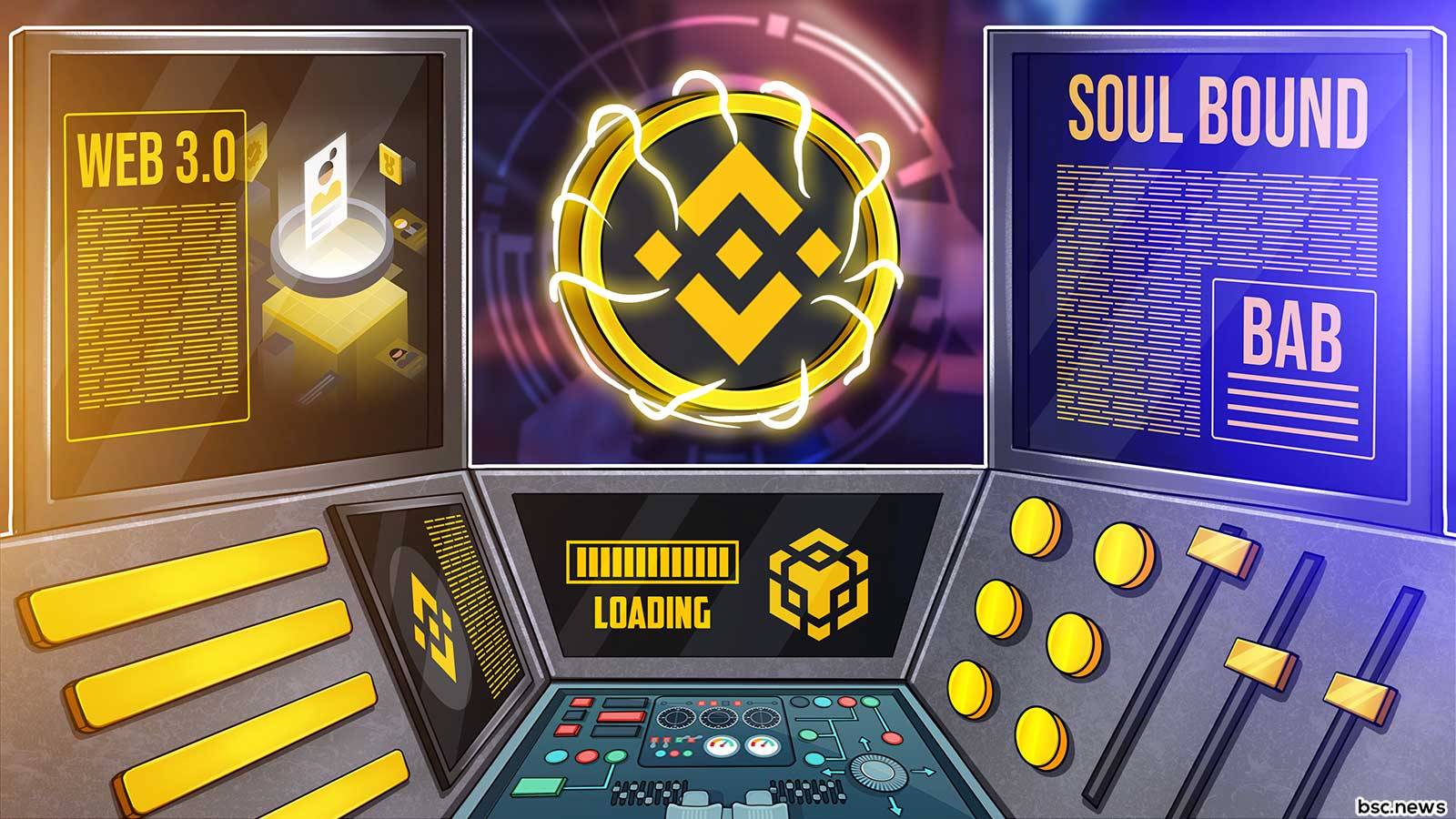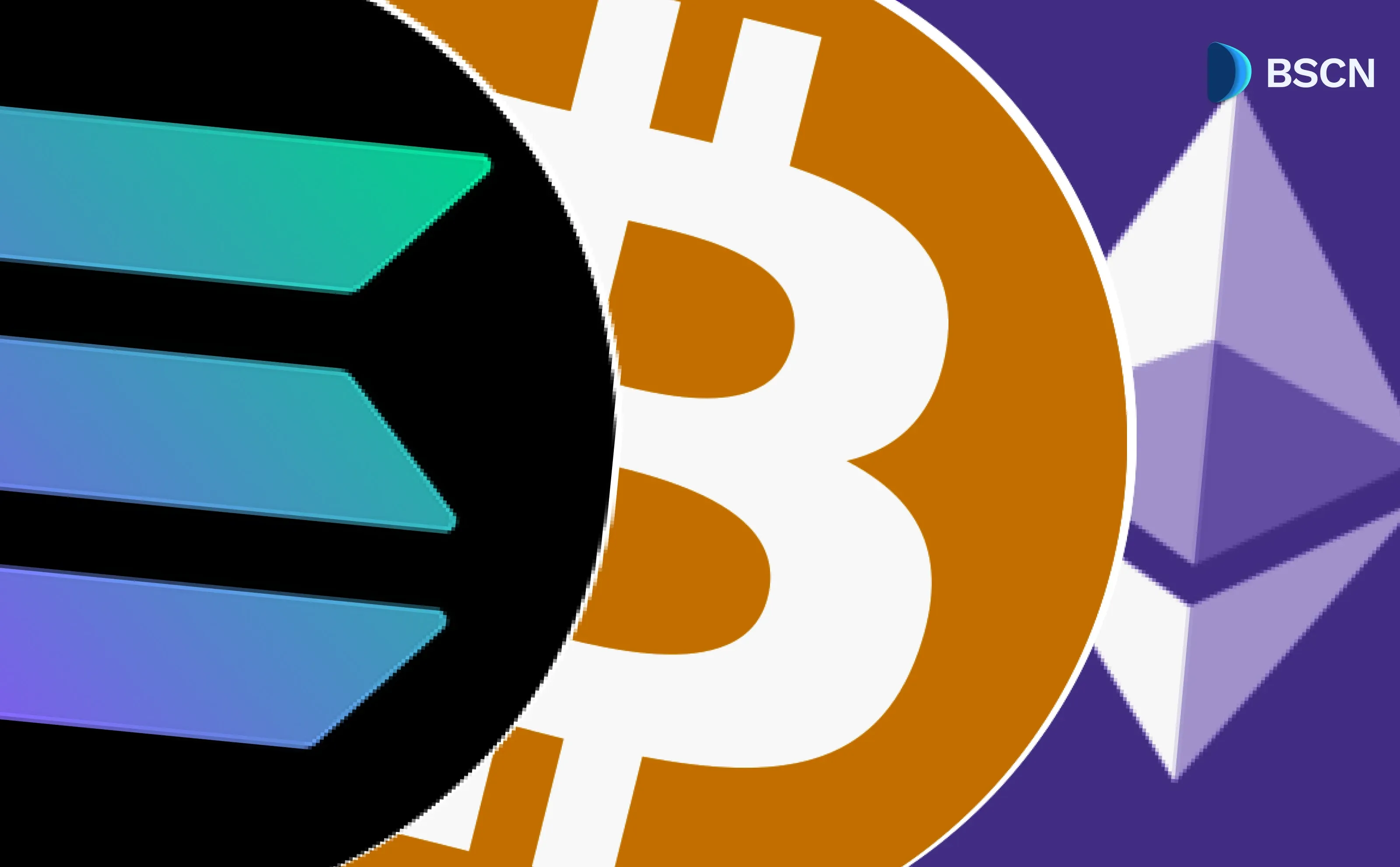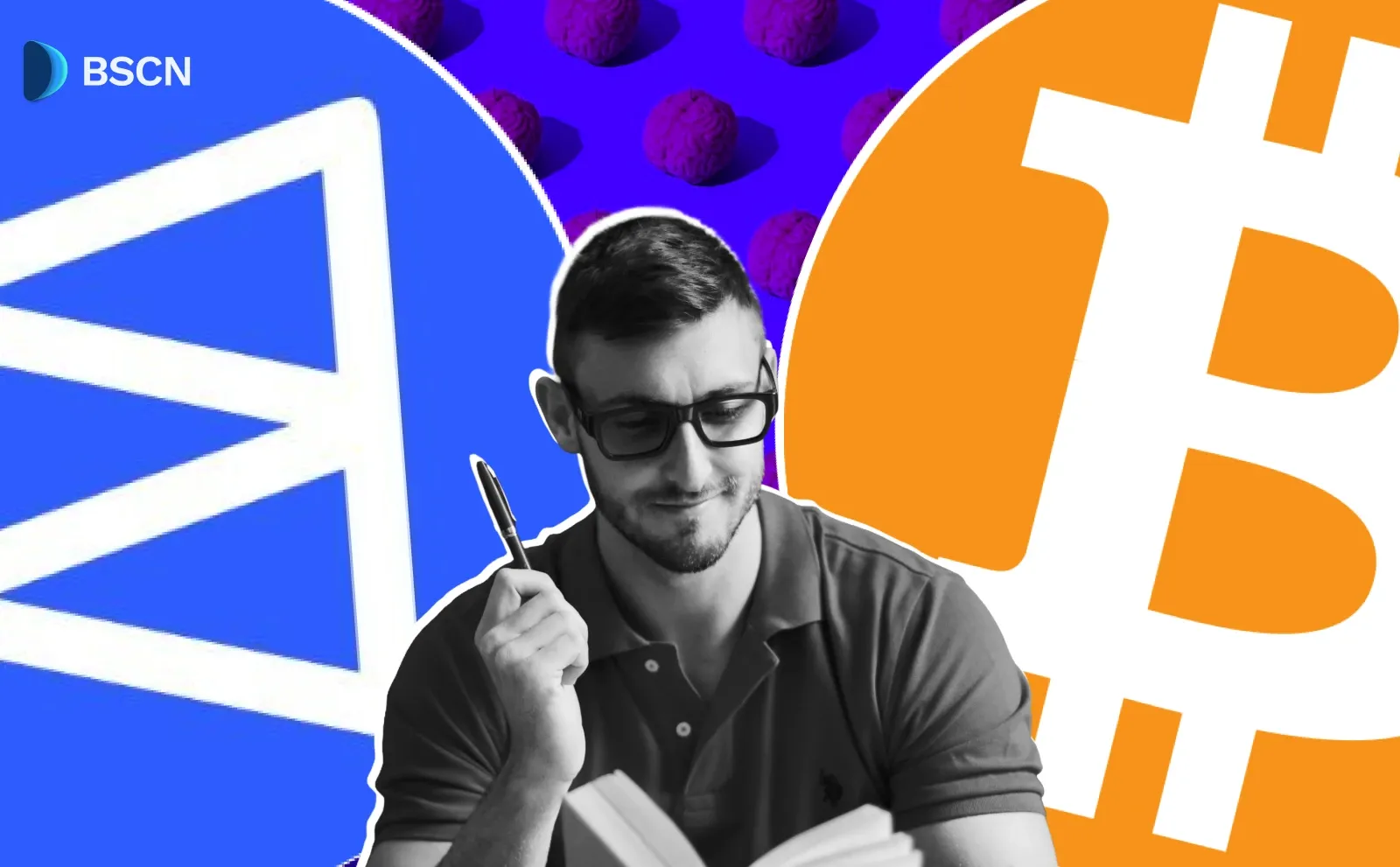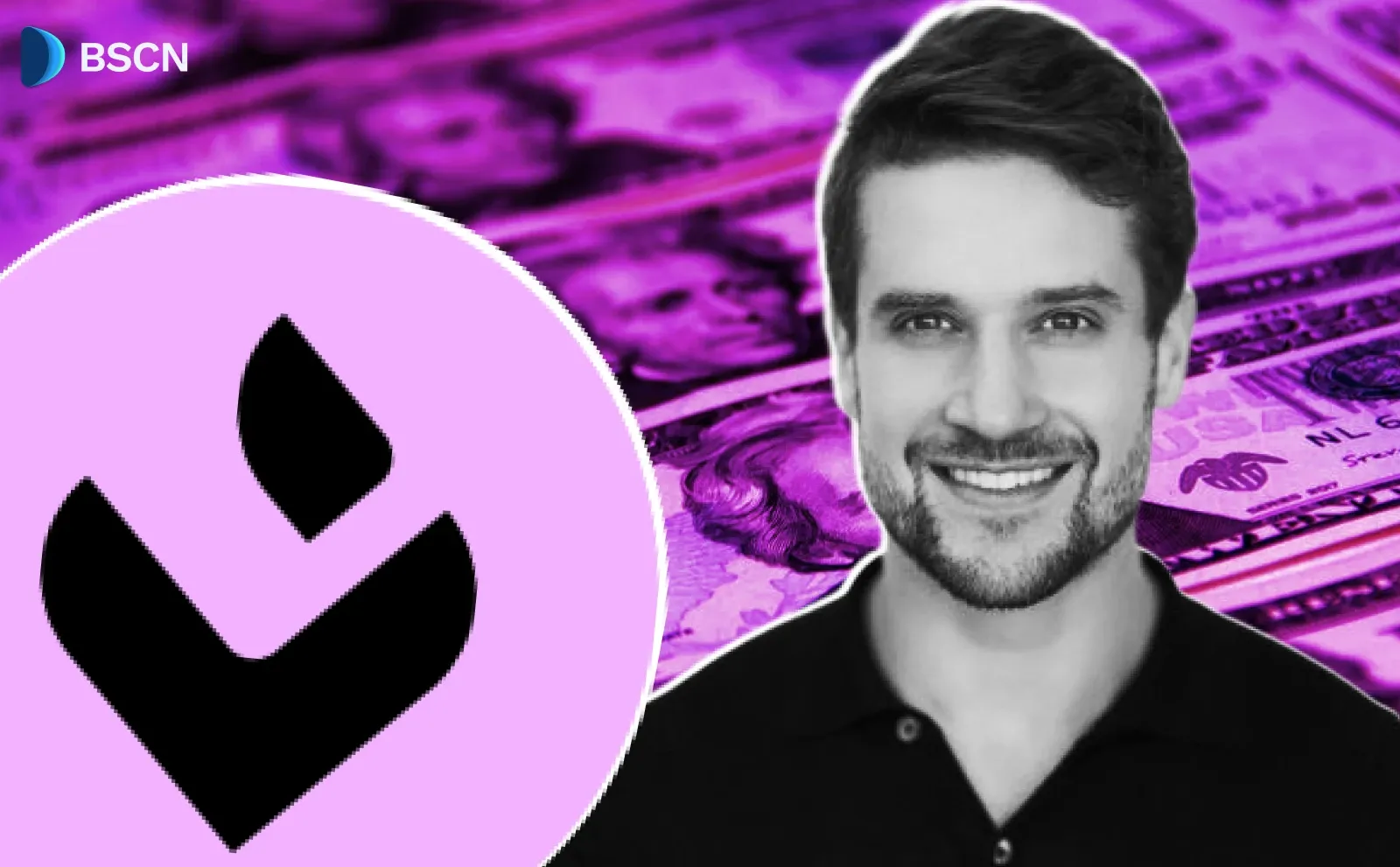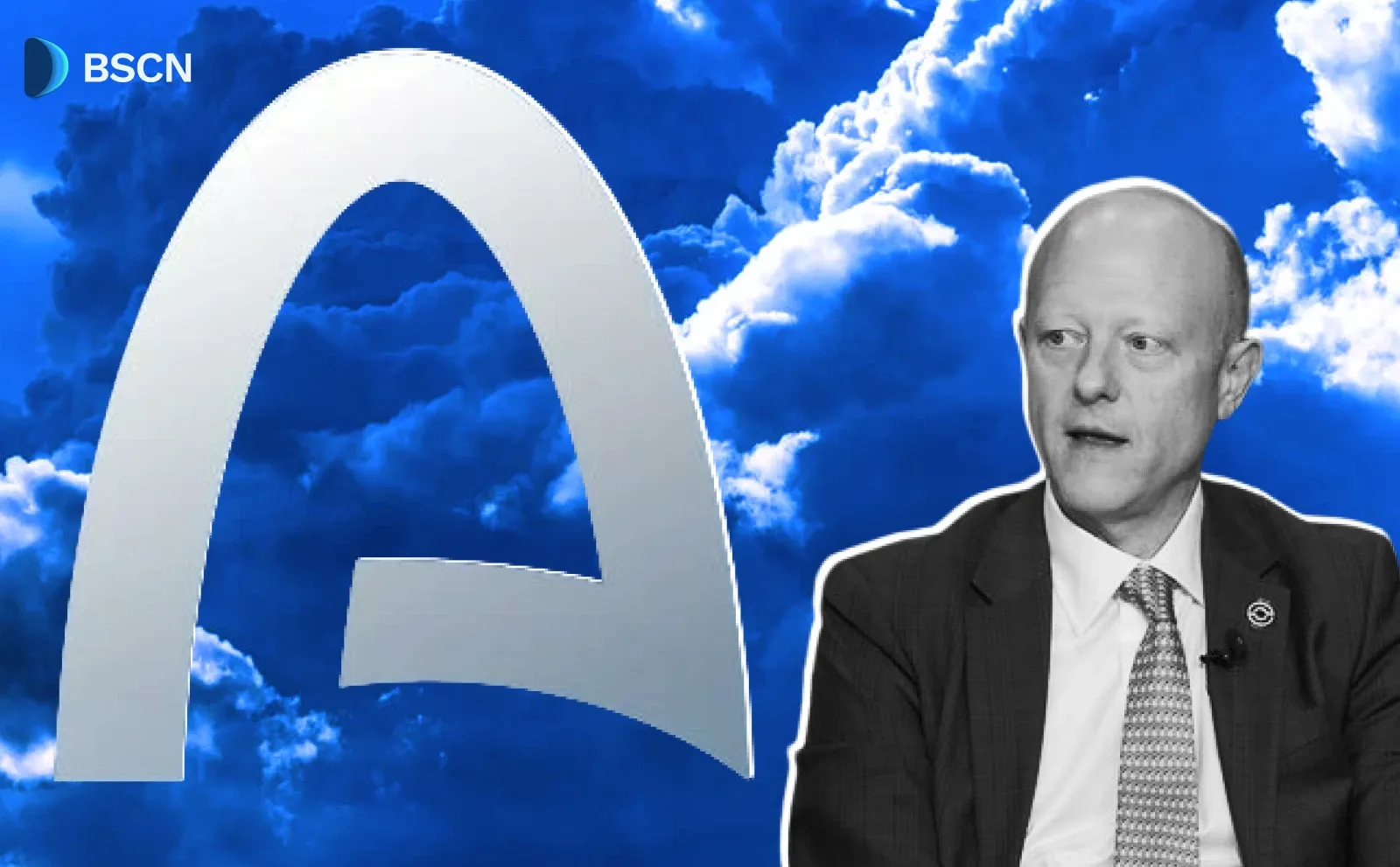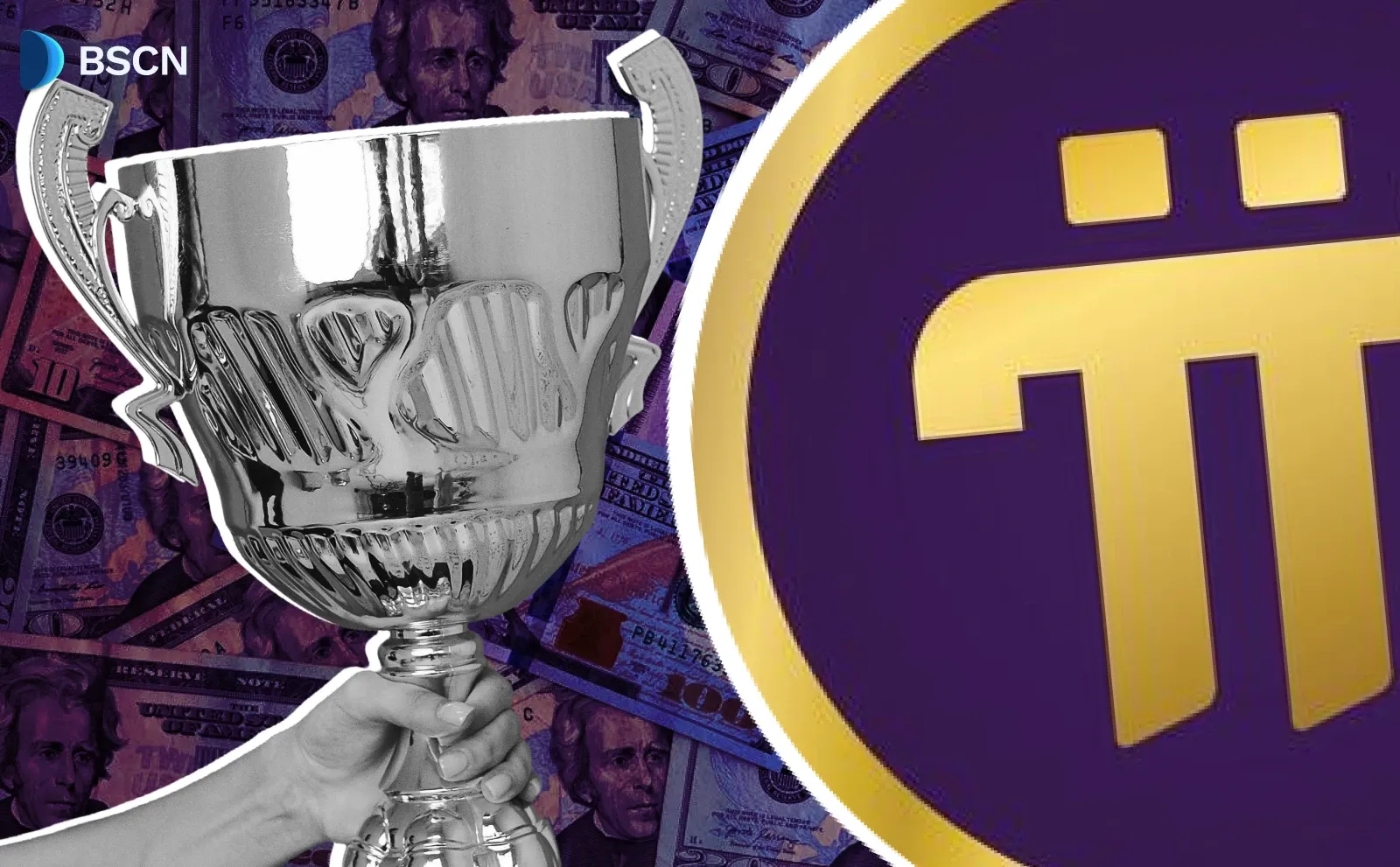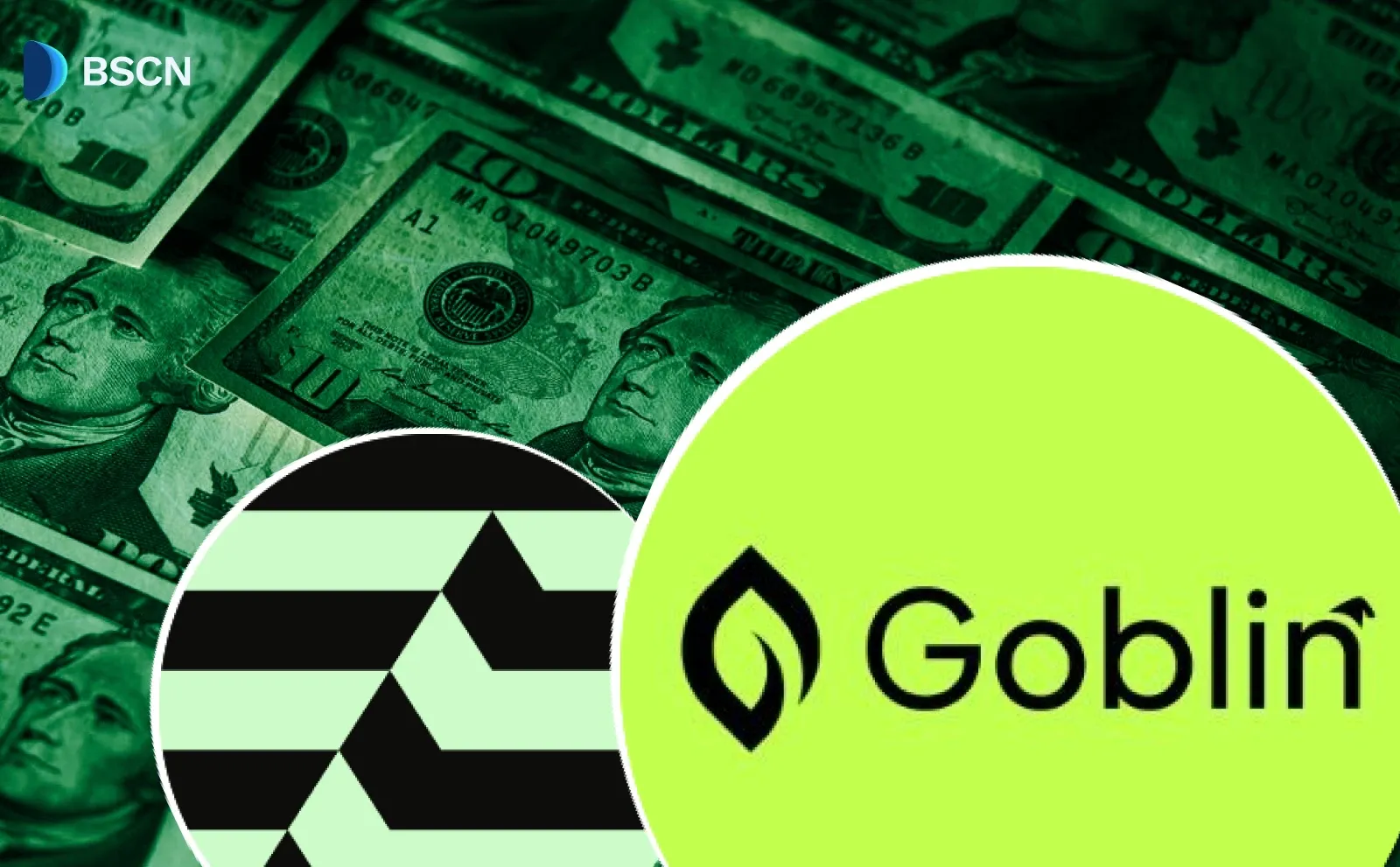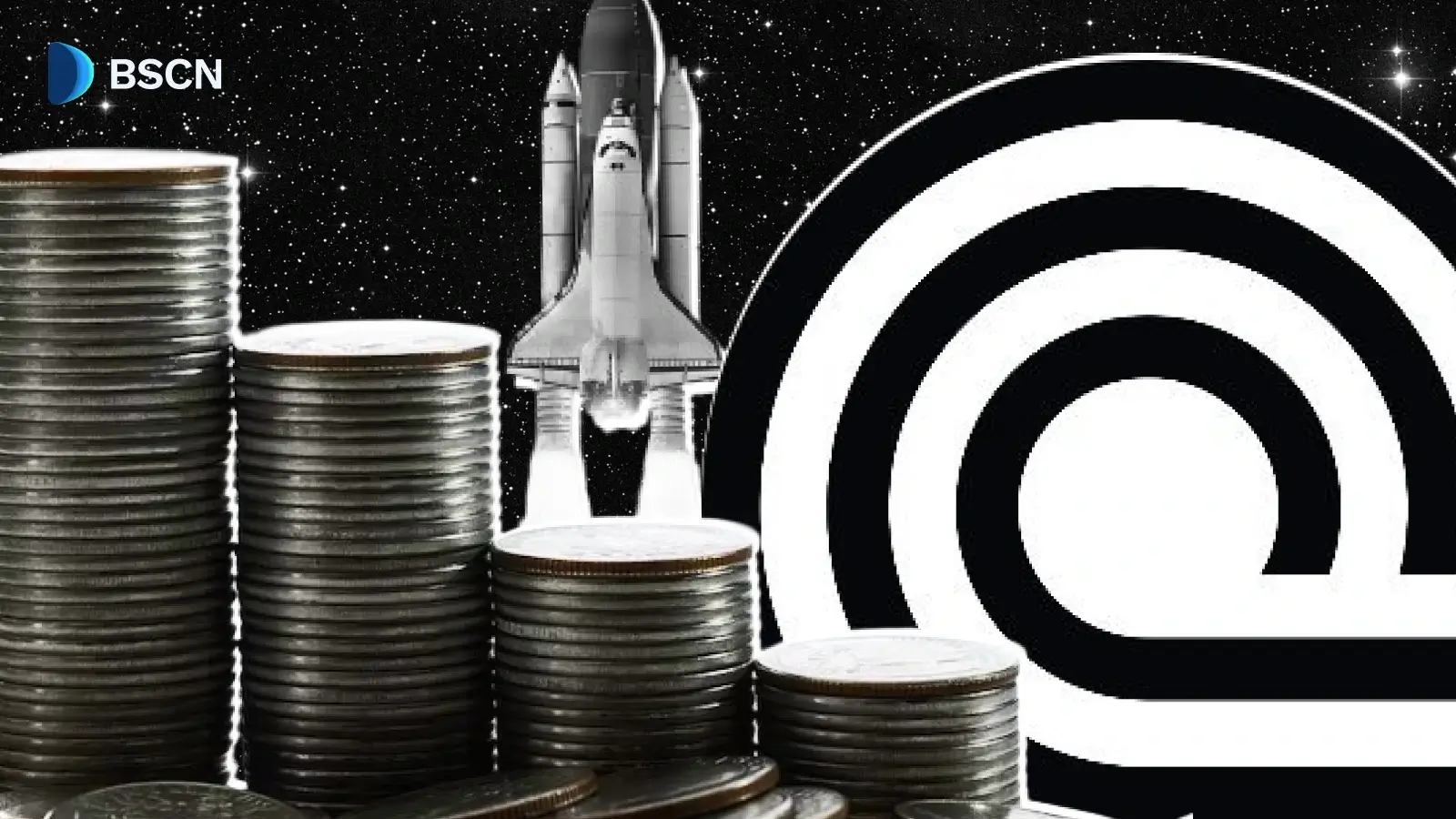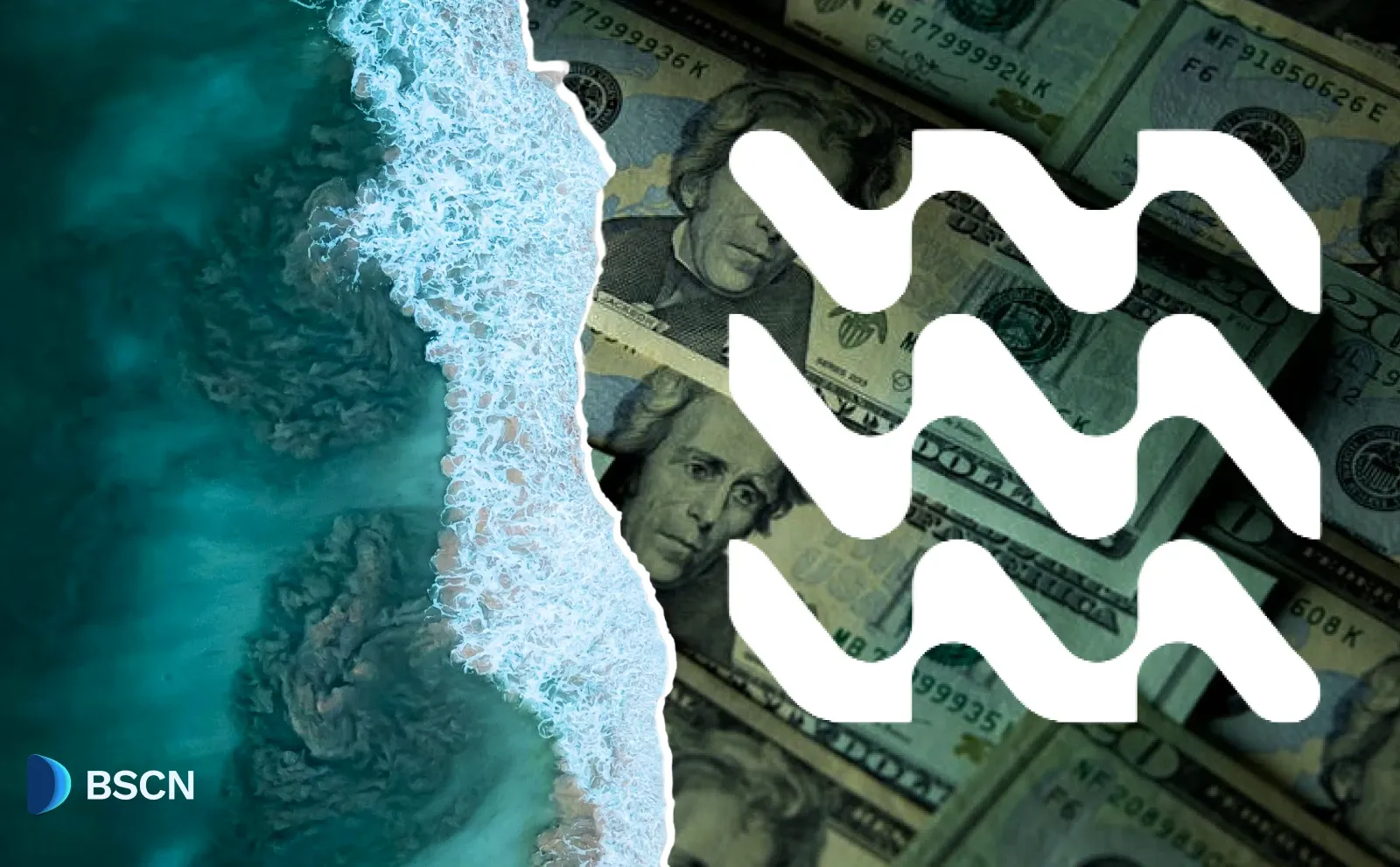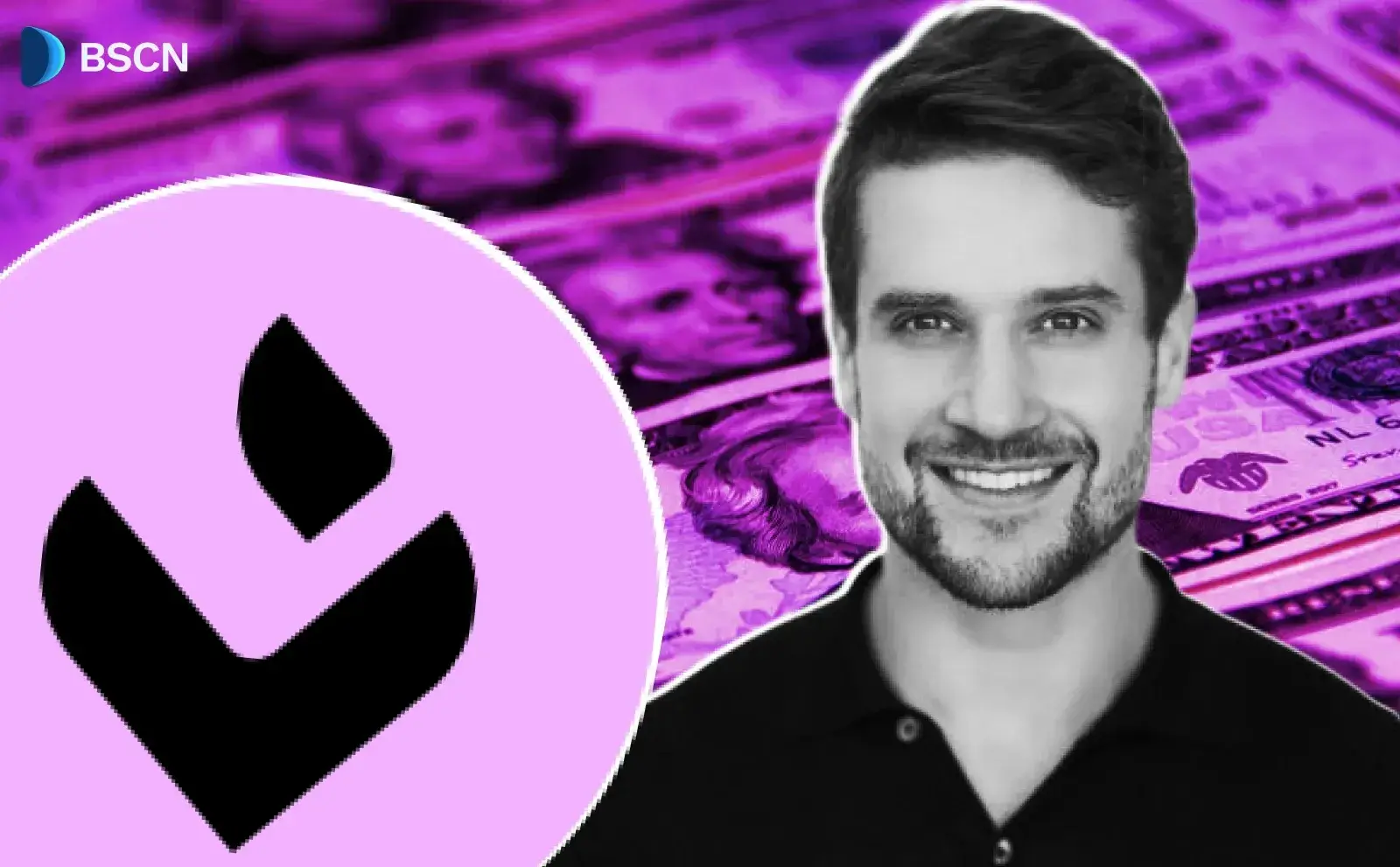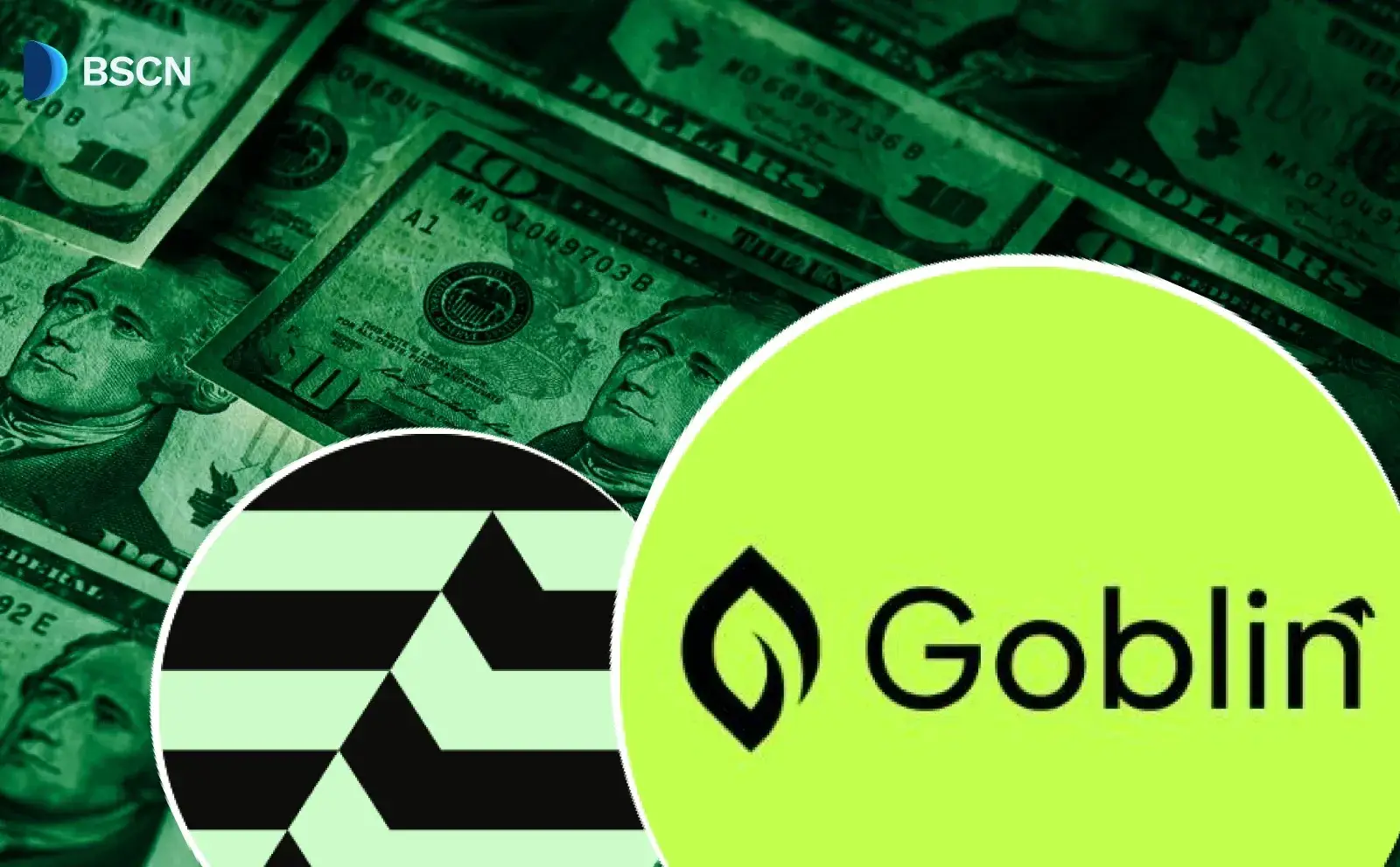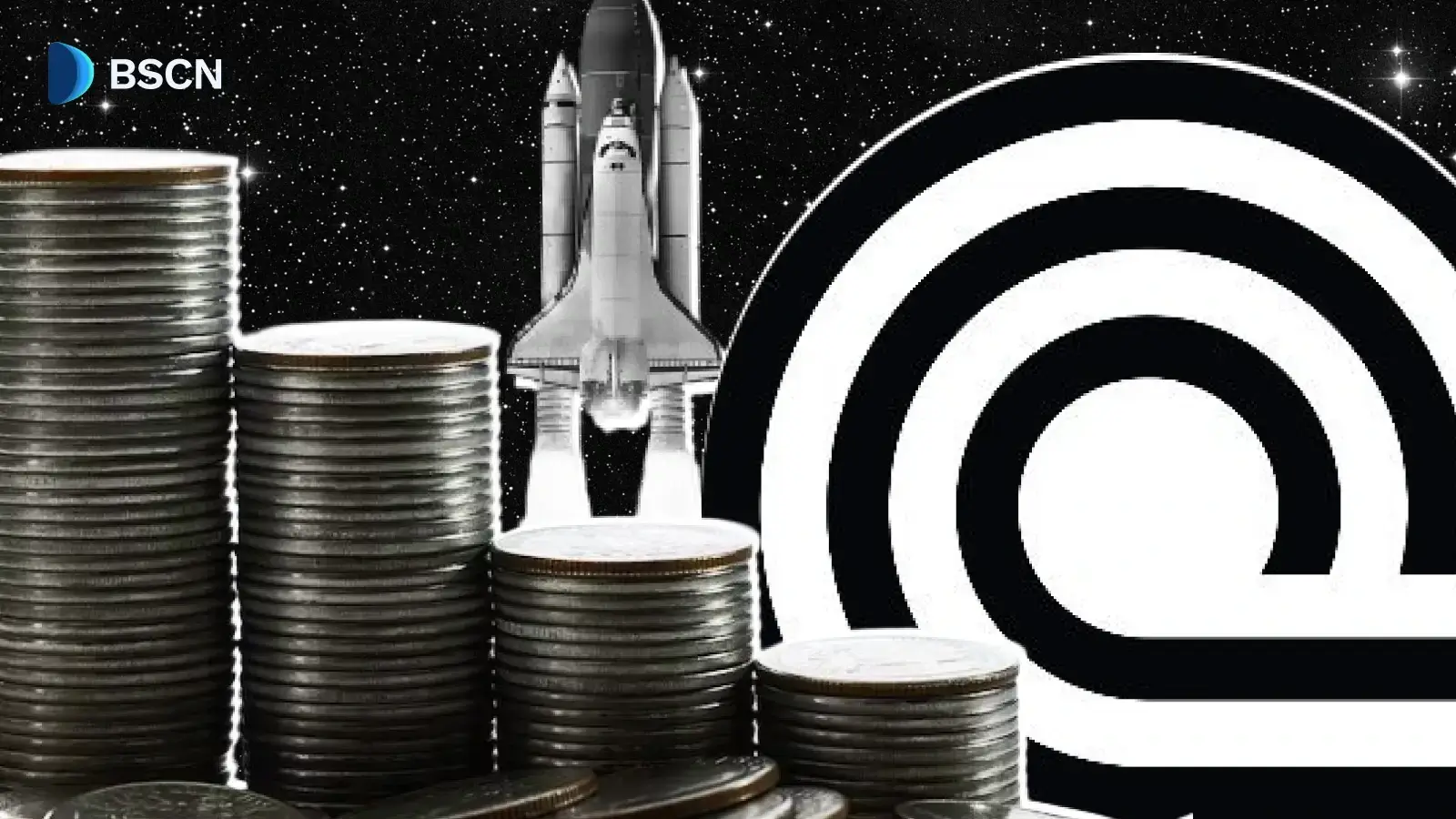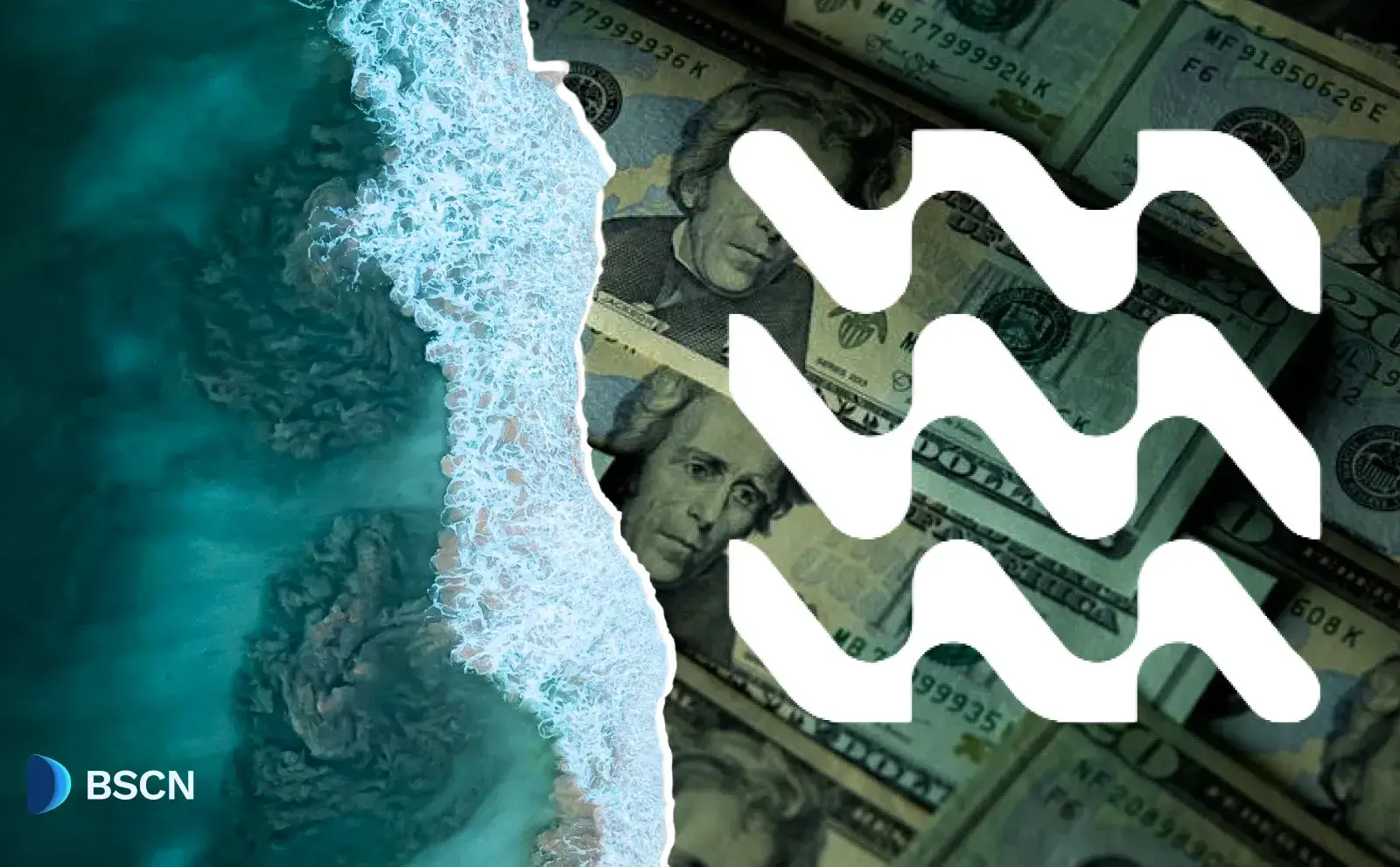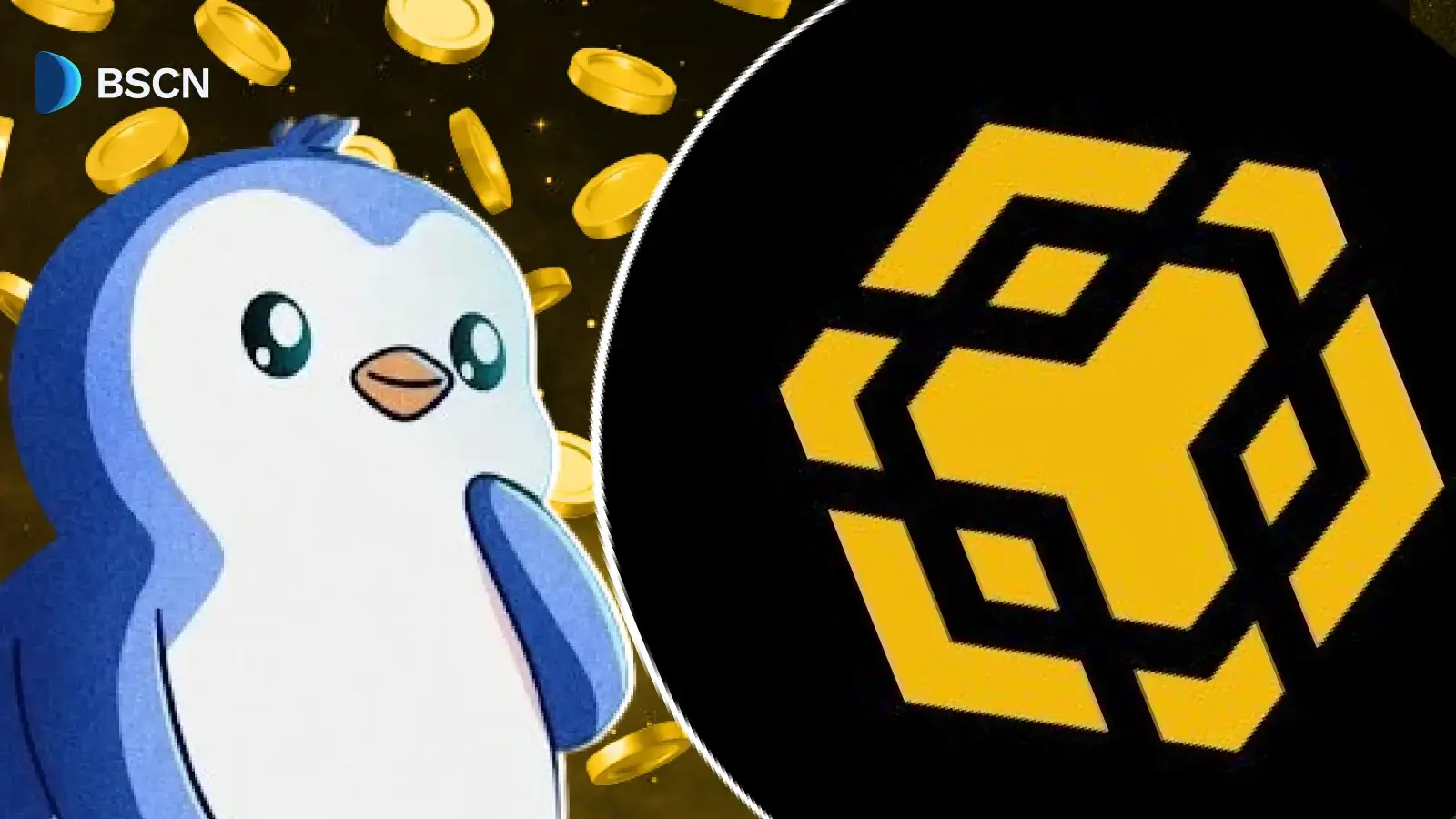WEB3
(Advertisement)
What are Interest Rates
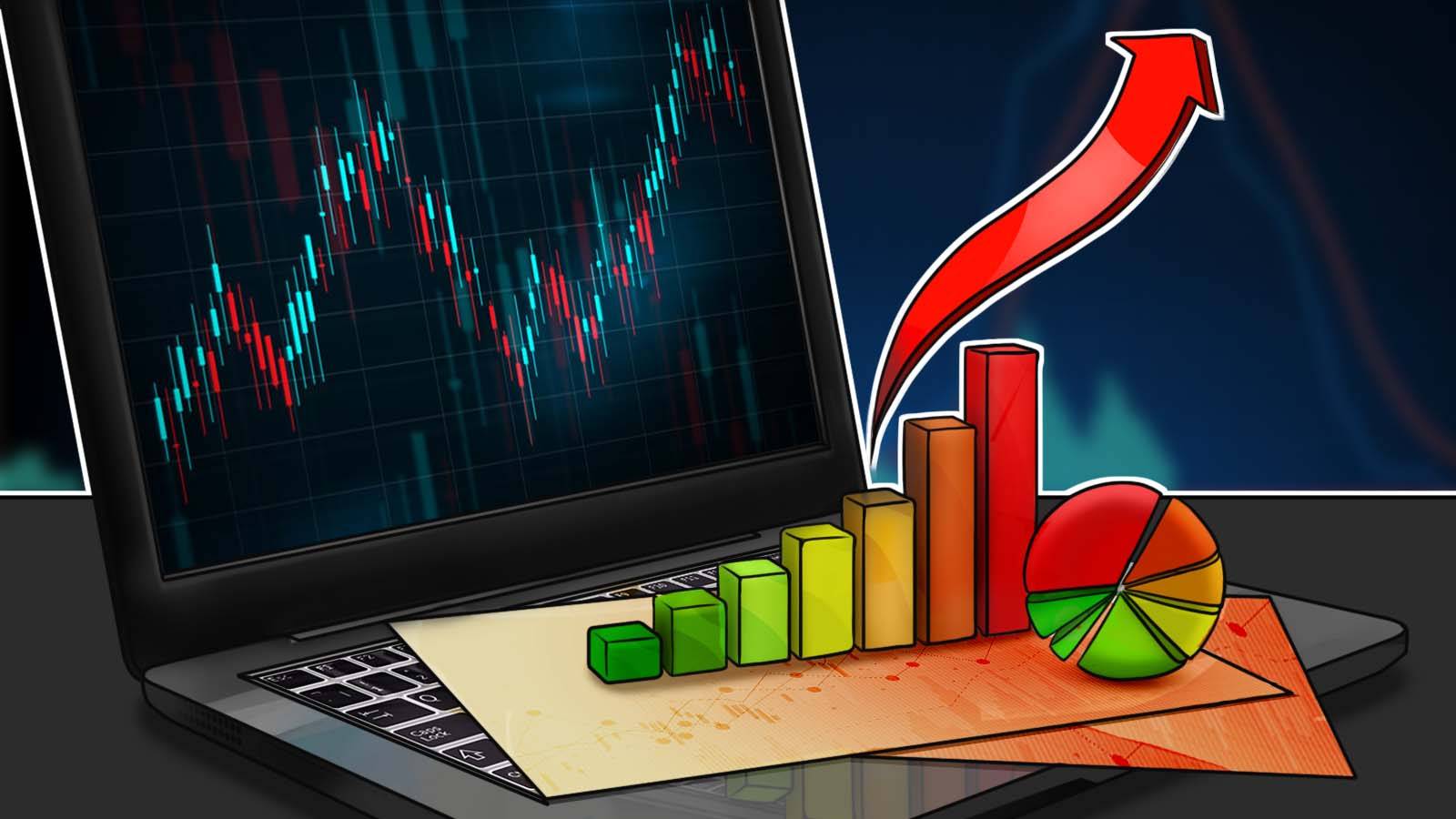
Lending money at no cost is not practical because of the time value of money. Interest rates are necessary costs that help to keep an economy stable.
BSCN
March 26, 2021
(Advertisement)
Table of Contents
Introduction Interest Rates
Credit plays a very significant role in the economy. It helps to ensure that an economy's financial cycle is always in motion. It is also a means through which individuals can raise capital and pay it back later. Businesses also make use of credit for the purchase of goods and services. When the purchased goods are sold, profits are made which are then used to repay the debt. In fact, anybody for various reasons can take a loan and pay it back over time.
For credit to be easily accessible by those who need it, some kind of incentive is usually involved for creditors. Most times, the incentive is in the form of interest which creditors charge borrowers. In this write-up, we will discuss everything you need to know about interest rates.
Interest Rates Explained

Interest rate is a commonly used phrase used in the financial world. However, what is interest? Interest is a financial incentive owed by a lender to the borrower. It is the cost incurred by a borrower for borrowing money. For instance, if Jackson decides to lend Jonathan some amount of money, say $5000, they may have an agreement that the refund would be at 5% interest. This means that Jonathan will have to repay the $5000 plus an extra 5% of the borrowed sum. That is, he will pay back $5250 to Jackson.
Having understood what interest means, we can easily deduce what interest rate is. Interest rate is simply the proportion of a loan charged as interest with respect to time. Therefore, if Jackson's interest rate is 5% per year, Jonathan would have to pay the sum of $5250 in the first year.
Simple and Compound Interest
Interest rates are termed either simple or compound. Using the earlier illustration, simple interest maintains the same rate for subsequent years, that is, 5% interest every year ($5250 yearly). In contrast, compound interest charges interest on the initial principal and accumulated interests from earlier intervals. For example, 5% of the $5250 from the first year gives $262.5. Hence, if the loan is for two years at 5% compound interest, $262.5 will be the interest for the second year rather than $250.
Types Of Interest Rates

- Nominal interest rate: This refers to the interest rate that applies to the specific amount borrowed. It does not take inflation or any other fees into consideration. If the nominal rate of a given loan is 10%, the borrower will pay exactly 10% of the loan amount as interest. Another name for the nominal interest rate is the coupon rate. It is so-called because it is always inscribed on bondholders' redeemed coupons.
- Real interest rate: This is very different from the nominal interest rate. This type of interest rate is dependent on inflation. If an annual compound rate is 10% of its principal rate and the rate of inflation is 8%, then the real interest rate is 2%.
- Effective interest rate: This type is a compounding form of the interest rate. For instance, if a contract pays 6% yearly and compounds semi-annually, an investor who puts $3000 in this bond will receive $90 of interest payments after the first six months ($3000 x 0.03) and $92.7 of interest after the next six months ($3090 x 0.03). This means that the investor received $182.7 interest that year. Hence, for this illustration, the nominal rate is 6%, and the effective rate is 6.09% ($3000 x 6.09).
The Economic Significance of Interest Rates
Now, let us explain the critical role interest rates play in an economy. In commercial banks, all transactions revolve around borrowing and lending. Anyone who deposits money is a lender. As banks pay other people, you receive interest because your deposits are, in principle, lent to other people. You also pay interest to the bank each time you borrow money.

Although banks charge and pay interest, they do not have the flexibility to set these rates. Only Central Banks have the right to do so. By increasing or decreasing interest rates, a Central Bank can regulate the economy. If the interest rates are increased, more interest will accrue to you if the bank lends out your money. The downside is the higher cost incurred by those who want to borrow. Therefore, when interest rates are high, it is expensive to borrow but profitable to lend.
The reverse is the case when interest rates are reduced. It is less profitable to lend but attractive to borrow. Generally, interest rates affect consumer behavior. The purpose of lowering interest rates may be to increase the spending rate of the economy at a time when it has dropped. When individuals and businesses see that the interest rates are cheap, the level at which they borrow is increased.
A struggling economy will benefit from lowered interest rates, but it will lead to inflation. When there are more funds in circulation due to reduced interest, there is a higher spending rate. The demand for goods is increased, and it will suppress supply. Inflation eventually sets in to balance the economy.
Another natural way to restore balance is to increase interest rates. When this is done, there is fewer amounts of funds in circulation. Consumers begin to panic and repay their debts. At this point, there is much to gain when your money is loaned out. Consumers, therefore, save in banks so they can earn interest. However, there will be less demand for goods again which will induce poor growth of the economy.

Interest Rates Can Be Negative
It may sound surprising, but a Central Bank can adjust interest rates in such a way that you pay to either lend money or save it in a bank. In the unusual scenario a borrower receives interest rather than pay interest. Negative interest rates may be used by Central Banks as one of the tools of last resort, to revive an economy in a very drastic state.
When individuals realize that they need to pay money to save in banks or lend to others, they decide to keep the money themselves during an economic decline. The idea here is that borrowing is incentivized to stimulate further economic activity. While this measure is a very negative approach, many experts believe it is the last resort to help a crumbling economy.
Closing Remarks
The concept of interest rate is straightforward to understand. The interest rate policy influences the economy of a country as well as individual behavior. Central banks play a key role in setting these rates to ensure an economic balance. High-interest rates may increase the yield of lenders but slow the growth of the economy. In contrast, low interest rates may reduce the yield of lenders but increase the growth of the economy.
Don’t forget to download the BSC News mobile application on iOS and Android to keep up with all the latest news for Binance Smart Chain and crypto! Check out the DeFi Direct Linktree for all the access links!
For those looking for tools and strategies regarding safety and crypto education, be sure to check out the Tutorials, Cryptonomics Explainers, and Trading Tool Kits from BSC News.
Read Next...
Disclaimer
Disclaimer: The views expressed in this article do not necessarily represent the views of BSCN. The information provided in this article is for educational and entertainment purposes only and should not be construed as investment advice, or advice of any kind. BSCN assumes no responsibility for any investment decisions made based on the information provided in this article. If you believe that the article should be amended, please reach out to the BSCN team by emailing [email protected].
Author
 BSCN
BSCNBSCN's dedicated writing team brings over 41 years of combined experience in cryptocurrency research and analysis. Our writers hold diverse academic qualifications spanning Physics, Mathematics, and Philosophy from leading institutions including Oxford and Cambridge. While united by their passion for cryptocurrency and blockchain technology, the team's professional backgrounds are equally diverse, including former venture capital investors, startup founders, and active traders.
(Advertisement)
Latest News
(Advertisement)
Crypto Project & Token Reviews
Project & Token Reviews
Comprehensive reviews of crypto's most interesting projects and assets
Learn about the hottest projects & tokens
